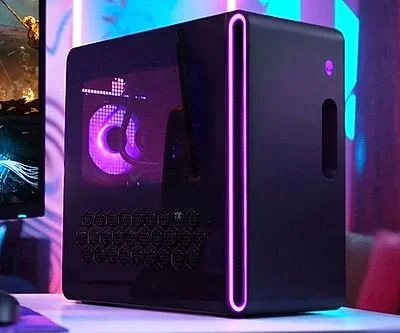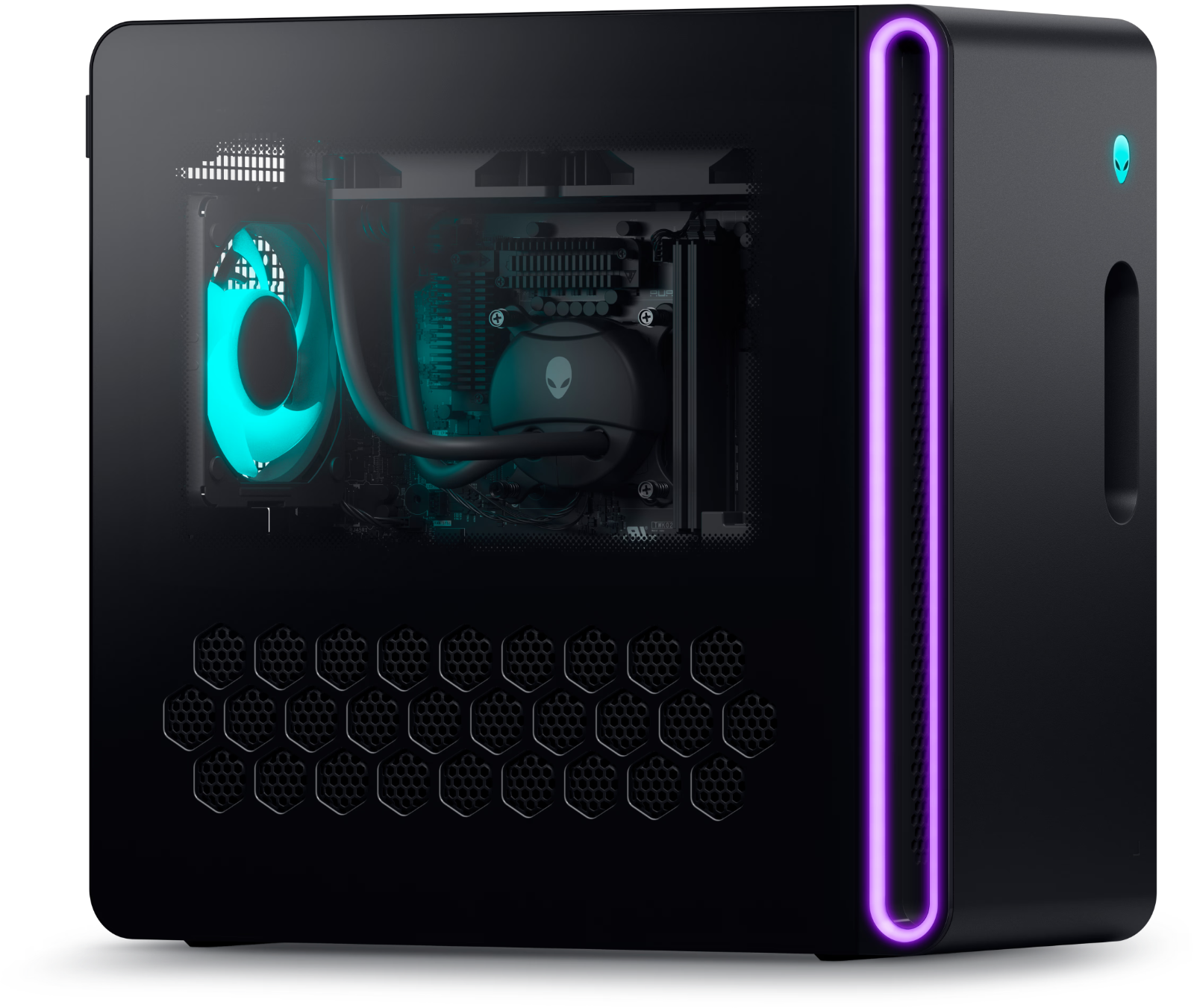Hardware Breakdown Presents: Alienware Aurora R16 Gaming Desktop
Constructing a desktop PC can be daunting and intimidating for many. That's why prebuilt gaming systems are a revelation to the less tech-savvy computer user, especially for anyone looking to purchase a gaming desktop. When buying a prebuilt, no tools are needed to install any component. Just take the PC out of the box, plug it into a power source, and connect it to the Internet. Luckily, there are limitless choices of prebuilt gaming PCs on the market.
This month, Hardware Breakdown, we're featuring a prebuilt gaming desktop, Alienware Aurora R16. This beautiful oblong design desktop features impeccable hardware you'll find in any high-end gaming system. After all, we're talking about Alienware, known for producing some of the best gaming PCs on the market.
As always, let us examine the components inside this Aurora R16 gaming desktop PC ( $1900 model).
The processor
I expect the Aurora R 16 desktop PC to have a Core i9-13900K processor; instead, it's powered by a Core i9-3900F, which doesn't have the same multi-threaded performance. However, the Core i9-3900F is still a fast processor.
Let's talk numbers, shall we? The Core i9-13900F has eight performance and eight efficiency cores ( 16 cores), 30 MB of cache memory, with 24 Threads—the maximum boost frequency of 5.2GHz.
On the memory and storage front
Regarding RAM, the Aurora R16 uses a 32 GB dual-channel DDR5-5600 memory. If you plan to upgrade, you'll need to replace the entire RAM if you're going for a low-capacity model. There are only two DIMM slots on this particular desktop. However, you get optimal performance from an Intel and AMD processor if you're using DDR5 RAM.
On the storage front, this desktop gaming PC has a pair of M.2 280 slots for NVMe SSDs. There are dual PCIe 4.0 drives that are 1TB a piece ( 2TB in total).
The graphics card and power supply
The GeForce RTX 4070 provides graphics processing with 12GB GDDR6 memory, 5,688 CUDA cores, ray-tracing, and machine-learning Tensor cores. So, as you know, this particular card consumes a significant amount of power. I’m not surprised that the manufacturer (DELL) used a 1000-watt Platinum-rated power supply unit.






